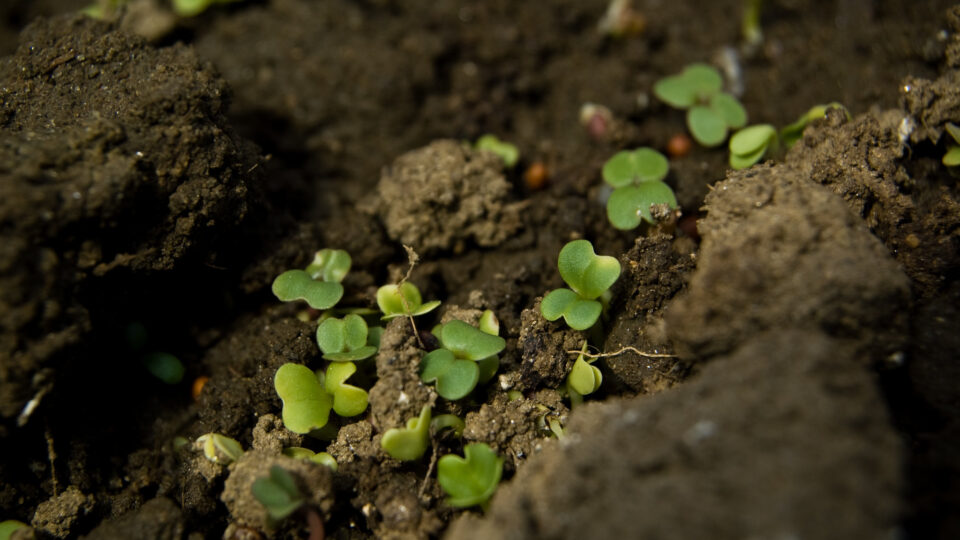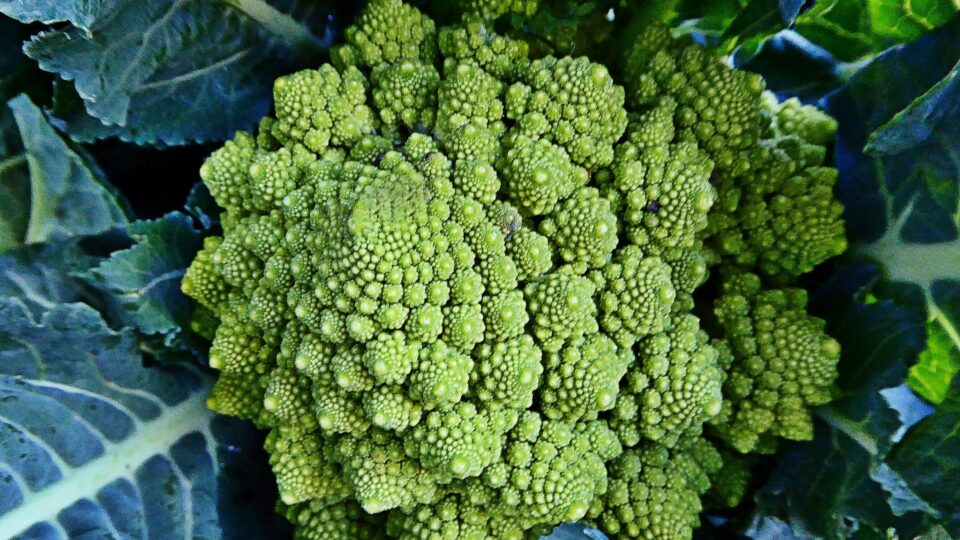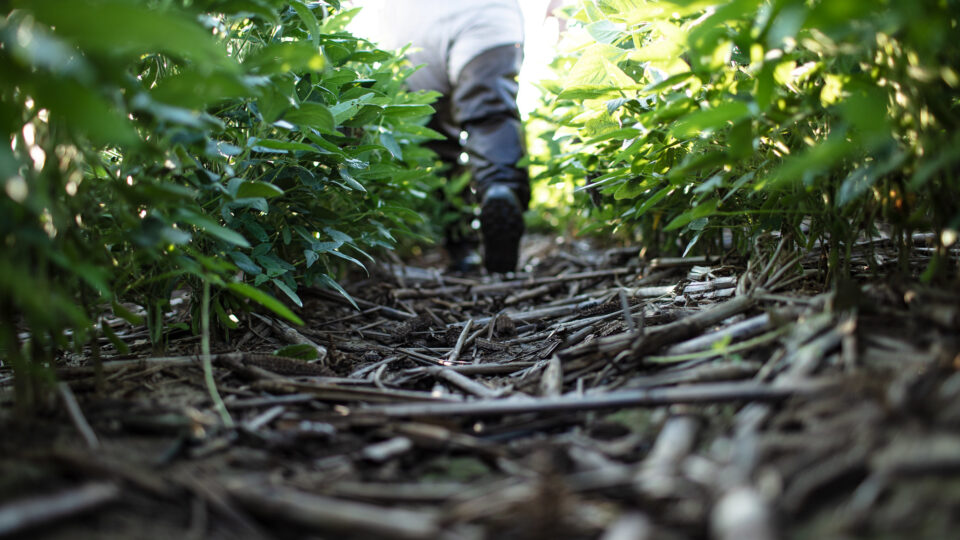Soil supports life by providing many critical ecosystem services. For example, soil acts as a water filter, a growing medium, and provides habitat for billions of organisms. Soil is also the foundation of our cities and towns, and the basis of global agroecosystems, which provide humans with feed, fiber, food, and fuel.
For all of these reasons and many more, having healthy soil is vital. But what does soil health mean? And how should it be measured?
According to new analysis by researchers from Cranfield University and Nottingham University in the U.K., how we think about, measure, and study soil must change in order to better understand how to manage this resource effectively.
While the term ‘soil health’ is widely used, it means different things to different people. There is no single agreed upon way to gauge the overall health of soil.
Current approaches to assess soil health measure individual soil properties and use findings to assign a single number giving an overall score. But according to the research team, this does not reflect the wider system perspective that’s needed to fully evaluate the health of soil over time.
Instead, the researchers propose a new system to assess soil health based on a hierarchical framework that takes in several measures, including signs of life, signs of function, signs of complexity, and signs of emergence, which is the extent to which soils recover from multiple stressors.
This new approach, which can be applied to all soils, moves us closer to an interdisciplinary understanding of the whole picture of soil health. After all, healthy soil is fundamental to our survival.
**********
Web Links
We need to change how we think about soil
Photo, posted April 8, 2008, courtesy of Brian Boucheron via Flickr.
Earth Wise is a production of WAMC Northeast Public Radio.


